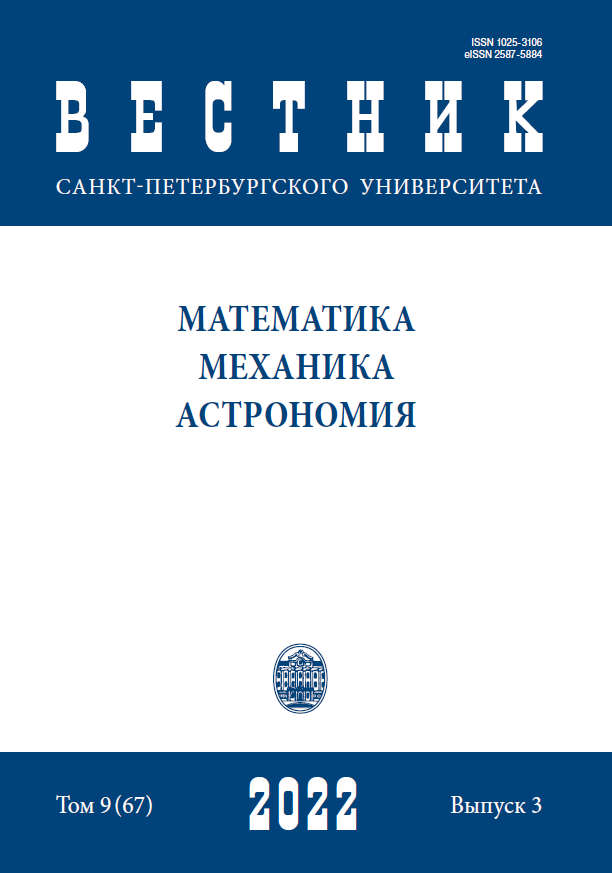Механика разрушения полученных по растворной технологии нанокомпозитов, армированных углеродными нанотрубками
DOI:
https://doi.org/10.21638/spbu01.2022.306Аннотация
Целью данной статьи является исследование характеристик механики разрушения нанокомпозитов, изготовленных по растворной технологии, армированных многостенными углеродными нанотрубками (MWCNTs). Коэффициент интенсивности критического напряжения KIc, скорость выделения энергии деформации GIc, эффективная длина трещины ac и смещение раскрытия вершины трещины CTODc определяются с использованием образцов с трехточечным изгибом. Было установлено, что армирование раствора MWCNTs обеспечивает существенное улучшение вышеуказанных характеристик механики разрушения.
Ключевые слова:
механика разрушения, многостенные углеродные нанотрубки, коэффициент интенсивности напряжений, скорость выделения энергии, смещение вершины трещины, нанокомпозиты строительных растворов, цементирующие материалы
Скачивания
Библиографические ссылки
Литература
References
Загрузки
Опубликован
Как цитировать
Выпуск
Раздел
Лицензия
Статьи журнала «Вестник Санкт-Петербургского университета. Математика. Механика. Астрономия» находятся в открытом доступе и распространяются в соответствии с условиями Лицензионного Договора с Санкт-Петербургским государственным университетом, который бесплатно предоставляет авторам неограниченное распространение и самостоятельное архивирование.




